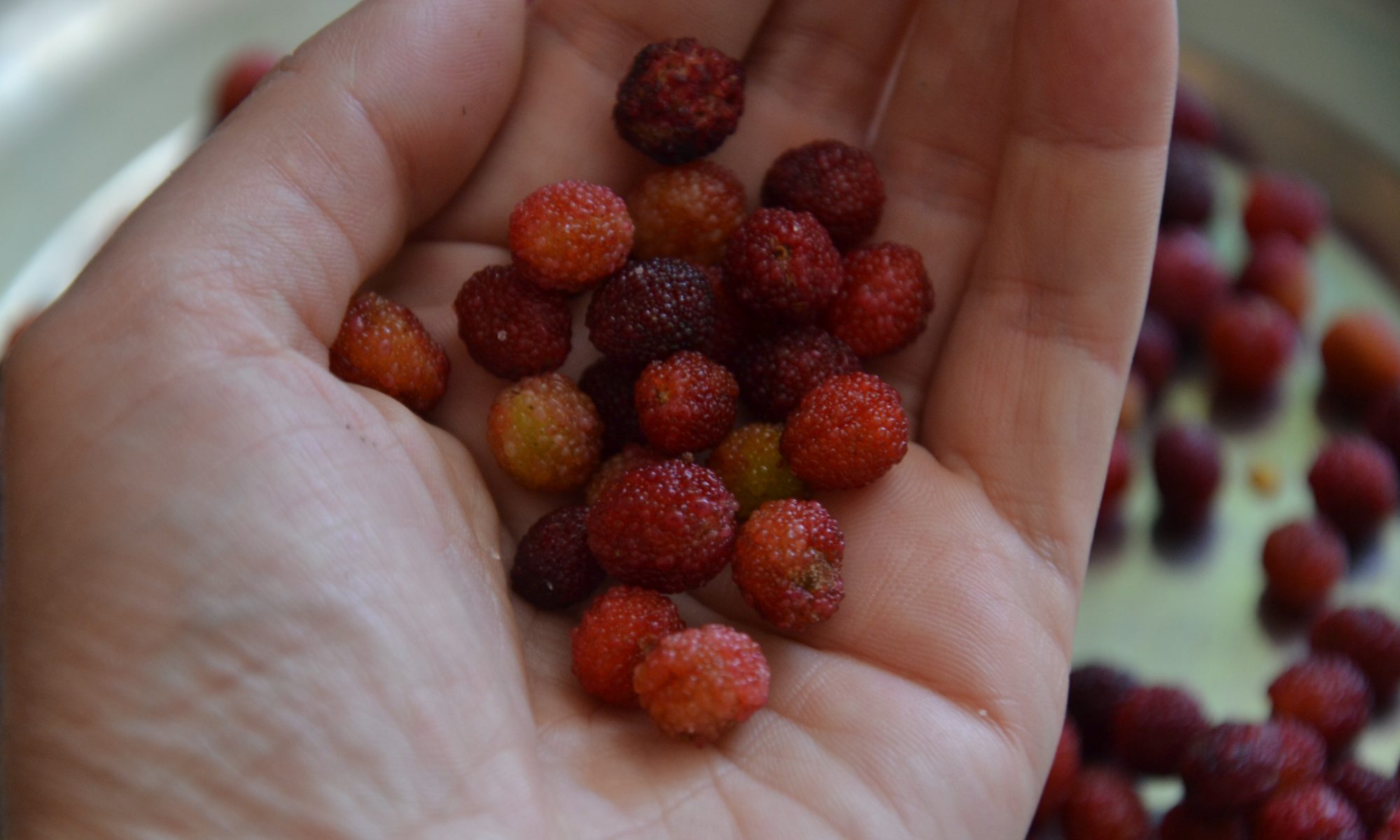One of the more pernicious allegations made against the African-American individuals ended up being which our servant ancestors had been either that is exceptionally“docile “content and loyal,” therefore explaining their purported failure to rebel extensively. Some even compare enslaved Americans for their siblings in Brazil, Cuba, Suriname and Haiti, the very last of who defeated the absolute most army that is powerful the whole world, Napoleon’s military, becoming the initial slaves of all time to effectively hit a blow for his or her very very own freedom.
No one place this dishonest, nakedly pro-slavery argument more baldly compared to the Harvard historian James Schouler in 1882, whom attributed this spurious summary to ” вЂthe natural persistence, docility, and child-like simpleness for the negro’ ” who, he felt, ended up being an ” вЂimitator and non-moralist,’ ” learning ” вЂdeceit and libertinism with facility,’ ” being ” вЂeasily intimidated, incompetent at deep plots’ “; simply speaking, Negroes were ” вЂa black colored servile competition, sensuous, stupid, brutish, obedient to your whip, young ones in imagination. once the historian Herbert Aptheker notifies us in US Negro Slave Revolts’ ”
Give consideration to just just just how strange it was: It wasn’t sufficient that slaves have been subjugated under a harsh and brutal regime for two . 5 hundreds of years; after the collapse of Reconstruction, this college of historians — unapologetically supportive of slavery — kicked the slaves once more for perhaps perhaps not increasing up more often to destroy their oppressive masters. And lest we genuinely believe that this sensation was relegated to nineteenth- and very very early 20th-century scholars, because late as 1959, Stanley Elkins received an image for the slaves as infantilized “Sambos” inside the book Slavery: an issue in United states Institutional and Intellectual lifetime, paid down in to the status of this passive, “perpetual child” by the severely oppressive form of US slavery, and so struggling to rebel. Hardly ever may I think about a cooler, nastier pair of claims than these in regards to the not enough courage or “manhood” of this slaves that are african-American.
So, did African-American slaves rebel? Needless to say they did. As soon as 1934, our old friend Joel A. Rogers identified 33 servant revolts, including Nat Turner’s, in his 100 Amazing Facts. And nine years later on, the historian Herbert Aptheker published their pioneering research, US Negro Slave Revolts, to create the record right. Aptheker defined a servant revolt being an action involving 10 or maybe more slaves, with “freedom because the obvious aim [and] contemporary recommendations labeling the big event being an uprising, plot, insurrection, or perhaps the exact carbon copy of these.” In every, Aptheker states, he “has discovered records of around 2 hundred and fifty revolts and conspiracies when you look at the past reputation for US Negro slavery.” Other scholars have discovered as much as 313.
Let’s think about the five best servant rebellions in america, about which Donald Yacovone and I also compose when you look at the forthcoming companion guide to my brand brand new PBS show, The African Us citizens: Many streams to Cross.
1. Stono Rebellion, 1739. The Stono Rebellion had been the biggest servant revolt ever staged within the 13 colonies. On Sunday, Sept. 9, 1739, just about every day free from labor, about 20 slaves beneath the leadership of a man known as Jemmy provided whites with a lesson that is painful the African desire to have freedom. Numerous users of the combined group had been seasoned soldiers, either through the Yamasee War or from their expertise in their homes in Angola, where these were captured and sold, together with been been trained in the utilization of tools.
They collected during the Stono River and raided a store that is warehouse-like Hutchenson’s, executing the white owners and putting their victims’ heads regarding the store’s front actions for several to see. They managed to move on to other chat room in the belarus homes into the area, killing the occupants and burning the structures, marching through the colony toward St. Augustine, Fla., where under Spanish legislation, they might be free.
Some hung back and actually helped hide their masters as the march proceeded, not all slaves joined the insurrection; in fact. But the majority of were attracted to it, together with insurrectionists soon numbered about 100. They paraded down King’s Highway, in accordance with sources, holding ads and shouting, “Liberty!” — lukango in their Kikongo that is native term that will have expressed the English ideals embodied in liberty and, maybe, salvation.
The slaves fought from the English for over a week prior to the colonists rallied and killed all the rebels, while some more than likely reached fort mose. Even with Colonial forces crushed the Stono uprising, outbreaks happened, like the really the following year, whenever South Carolina performed at the least 50 extra rebel slaves.
2. This new York City Conspiracy of 1741. With about 1,700 blacks residing in a town of some 7,000 whites showing up determined to grind everyone of African lineage under their heel, some kind of revenge seemed inevitable. At the beginning of 1741, Fort George in brand brand New York burned in to the bottom. Fires erupted somewhere else into the town — four in a single time — as well as in nj-new jersey as well as on longer Island. Several white people stated that they had heard slaves bragging about establishing the fires and threatening even worse. They figured a revolt was in fact prepared by key black colored communities and gangs, prompted by way of a conspiracy of priests and their Catholic minions — white, black colored, brown, free and servant.
